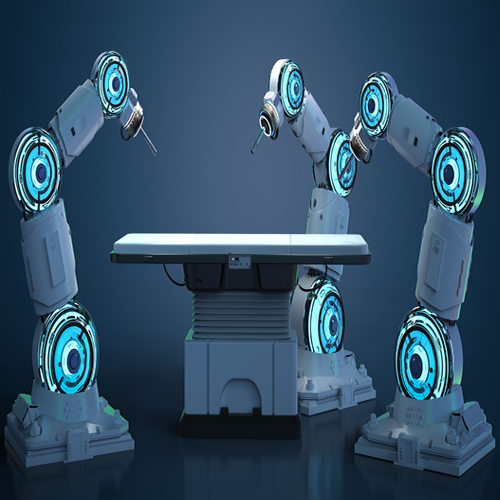Key points from article :
First clinical trial of an automated blood-drawing and testing device.
Designed to prevent stressful multiple blood-draw attempts, bruising, and other injuries.
Includes a module that can analyse the sample using lab-on-a-chip microfluidics.
This could mean patients have shorter waits for diagnostic results in the future.
Phlebotomists fail to draw blood in 27% of patients without visible veins.
And in 40% of patients without palpable veins and 60% of emaciated patients.
Computer identifies target vein using infrared, then an ultrasound camera gives finer imaging.
Inspired from device developed for military, used near-infrared light to visualise vein.
Team have developed two devices, one at full scale and one in miniature.
Full-size device performed comparably or exceeding clinical standards 87% of the time.
Tested on 31 volunteers, larger-scale trials with several hundred participants underway.
Prototype created by Rutgers University’s Martin Yarmush, published in Technology.




